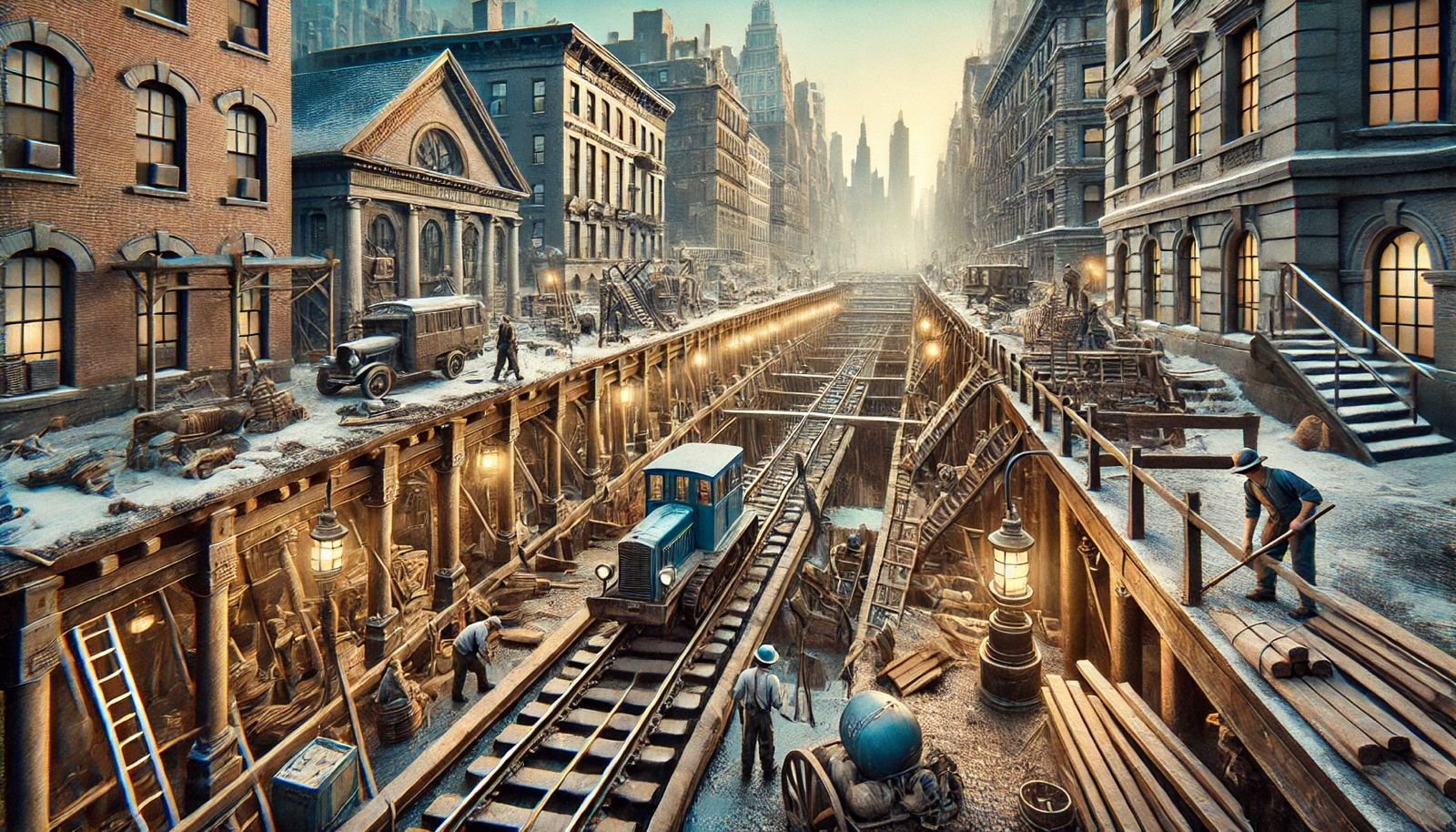Who built the NYC subway?
The New York City subway system is a marvel of engineering and urban planning, representing a great milestone in the history of public transportation. The construction of the subway system was not just laying tracks but a complex process that involved various stakeholders, innovative techniques, and many challenges. Knowing who built the NYC subway gives insight into the city's evolution and visionaries behind this crucial infrastructure.
The Early Visionaries
The idea of an underground subway system in New York City had existed as early as the late 19th century. Among the earliest ideas of a subway was the Beach Pneumatic Transit proposed by Alfred Ely Beach in 1870, which opened for service that same year. Still, the first attempt did not even go further than a few hundred feet of tunnel before it came to an end. The real pressure for a full subway came in the 1890s when the city was getting increasingly congested due to its growing population.
A plan for a subway was passed in 1894; however, it wasn't until February 21, 1900, when significant progress began. The city entered into a contract with the Rapid Transit Construction Company led by John B. McDonald and financed by August Belmont. This contract was the first to actually begin construction seriously on reducing urban congestion through underground railways.
Construction Problems and Methods
The first subway line construction began in earnest in 1900 using the method known as "cut-and-cover." This was the process of digging up streets to create tunnels. There were so many problems encountered with existing infrastructure like sewer lines, gas mains, and building foundations that had to be navigated through. The process was very laborious and hazardous, and although safety measures were taken, accidents resulted in injuries and fatalities.
The first subway line opened on October 27, 1904. It ran 9.1 miles from City Hall to 145th Street in Harlem. On the first day of operation, more than 150,000 passengers rode the subway, which clearly showed that it was a tremendous blow to New York City's transportation. The fare was pegged at five cents, a price that did not change for many years.
Key Players Involved in Subway Construction
Some of the key players who brought the subway to life include:
John B. McDonald: He was the head of the Rapid Transit Construction Company, and he was the one who oversaw much of the construction process.
August Belmont: A financier who provided the critical funding for the project, Belmont's contribution was essential for its execution.
William Steinway: Known for his involvement in securing contracts and advocating for public transit improvements.
They epitomized the entrepreneurial spirit of their age, overcoming political and financial obstacles to establish a groundbreaking public service.
The Expansion Era
Following the success of the original line, New York City's subway system expanded rapidly. By 1913, most lines were built by the city and leased to private companies like the Interborough Rapid Transit Company (IRT) and Brooklyn Rapid Transit Company (BRT). This allowed for the more efficient growth and service expansion throughout Manhattan and into Brooklyn.
In 1932, the city launched its own Independent Subway System, which sought to compete with private operators. This strategic move streamlined operations across different lines and improved accessibility for commuters within boroughs.
Contemporary Significance
Today, the NYC subway is one of the largest and most utilized public transit systems in the world. It carries millions of passengers daily and continues to be an integral part of New York City's identity. The original visionaries' foresight has allowed for continued innovation within the system, adapting to modern needs while preserving its historical significance.
Beyond being a transportation network, cleaning within such a vast system is important. Services such as Sparkly Maid NYC provide cleaning solutions that help keep subway stations tidy and welcoming for commuters. This emphasis on cleanliness is vital not only aesthetically but also from the perspective of public health, especially in crowded urban environments.
Legacy of Collaboration
As we reflect on who built the NYC subway, it's important to recognize that this achievement was not solely about engineering; it was about community visionaries working together toward a common goal. The legacy of those early builders lives on today as we continue to rely on this vital infrastructure.
In summary, it reveals much from understanding the historical background concerning the development of New York City's subway system because the development of urban sites does come with its difficulties and victories. As people in this fast-paced metropolis lead their busy lifestyles, services such as Sparkly Maid NYC remind one about the care and preservation needed for one's public environment. Since deep cleaning and maintenance remain within their service expertise, it definitely does a significant role in the cleanliness of transit systems as well.
